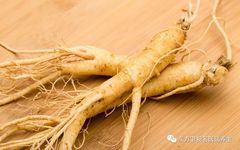In traditional practices, ginseng is commonly used for supplementation. There is an old saying in TCM, “Da Huang saves lives without merit, ginseng kills without fault.” Ginseng is perceived as a tonic, leading many to believe that taking more is always better. However, with various types of ginseng available, what are the differences in their effects?
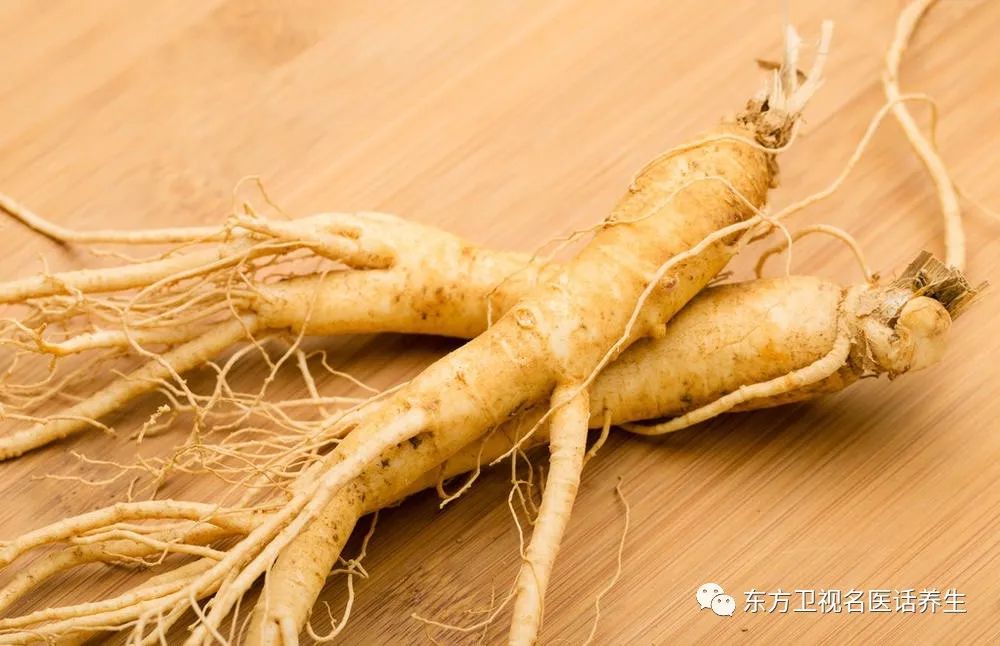
Today’s Physician

Shi Xiufeng
Chief Pharmacist
Longhua Hospital Affiliated to Shanghai University of Traditional Chinese Medicine
Deputy Director of the Pharmacy Department
One of the first national inheritors of traditional Chinese medicine technology
Vice Chairman of the Quality and Safety Committee of the Chinese Medicine Association
Ginseng Comes in Many Forms, but Improper Use Can Harm
 Fresh Ginseng
Fresh Ginseng

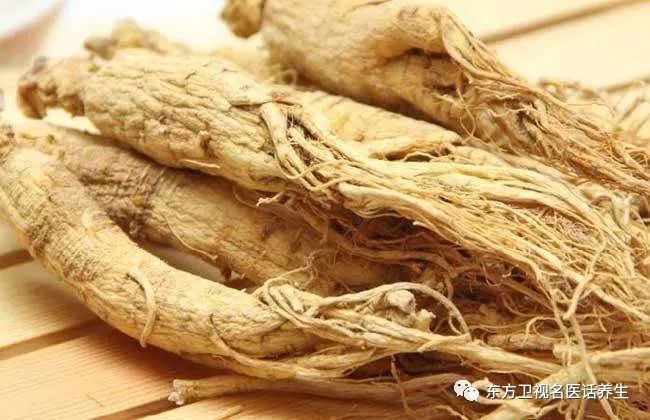
Fresh ginseng is cleaned and then dried in sunlight. Effects
Effects
It has a slightly sweet taste and a neutral nature, suitable for those who areprone to colds, fatigue and qi deficiency. It has the effects oftonifying qi, reviving the pulse and stabilizing prolapse, and generating fluids and quenching thirst.
 White Ginseng (Sugar Ginseng)
White Ginseng (Sugar Ginseng)

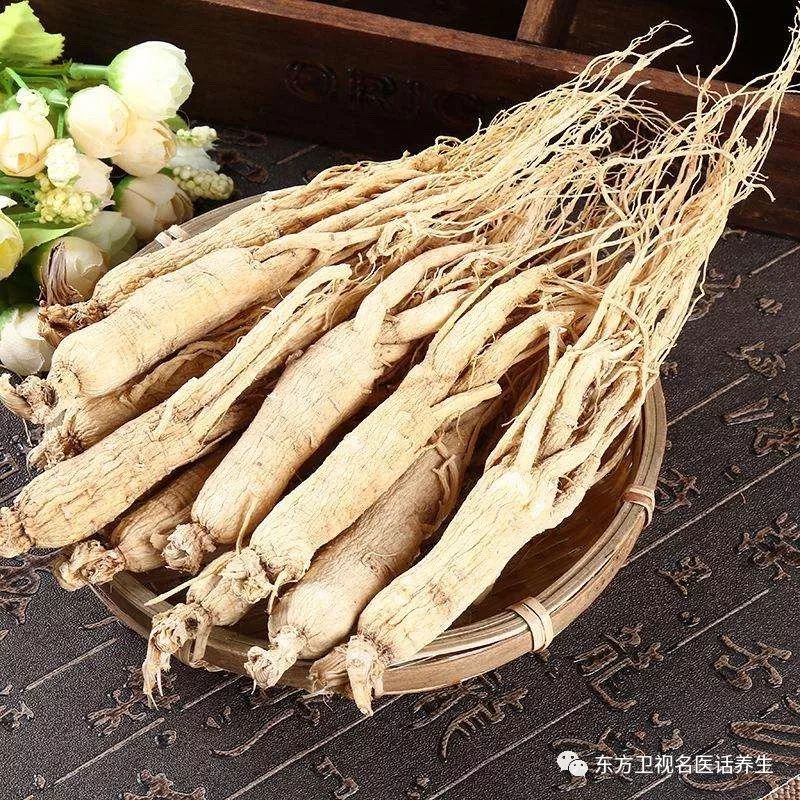
Fresh ginseng is boiled in water until about 60% cooked, then holes are pricked around the ginseng with a bamboo needle, soaked in syrup for 24 hours, and then dried or baked. EffectsIt has a neutral nature and can beeaten directly, with effects similar to fresh ginseng. It contains sugar, sodiabetics should be cautious.
EffectsIt has a neutral nature and can beeaten directly, with effects similar to fresh ginseng. It contains sugar, sodiabetics should be cautious. Red Ginseng
Red Ginseng

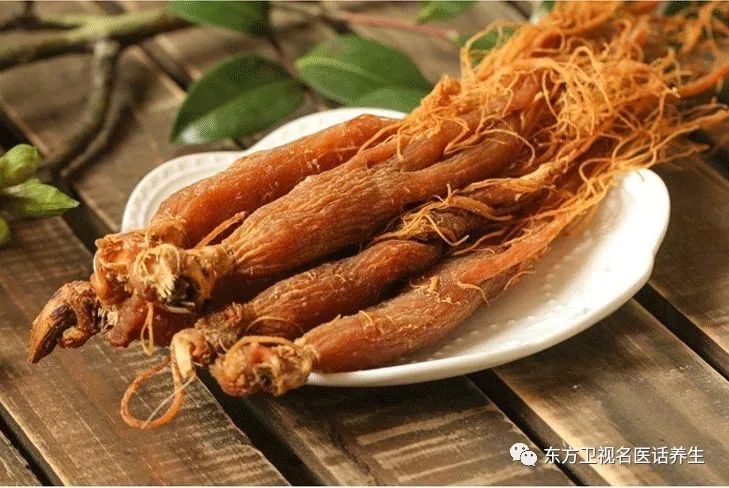
Fresh ginseng is trimmed of its roots, cleaned, steamed twice until the root turns yellow and the skin becomes semi-transparent. Afterward, it is dried or sun-dried to become red ginseng. EffectsIt has a sweet, slightly bitter taste and a warm nature, suitable for those who arecold in the limbs and have yang deficiency. It has the effects ofgreatly tonifying original qi, tonifying the spleen and benefiting the lungs, and nourishing the blood vessels.
EffectsIt has a sweet, slightly bitter taste and a warm nature, suitable for those who arecold in the limbs and have yang deficiency. It has the effects ofgreatly tonifying original qi, tonifying the spleen and benefiting the lungs, and nourishing the blood vessels. American Ginseng
American Ginseng

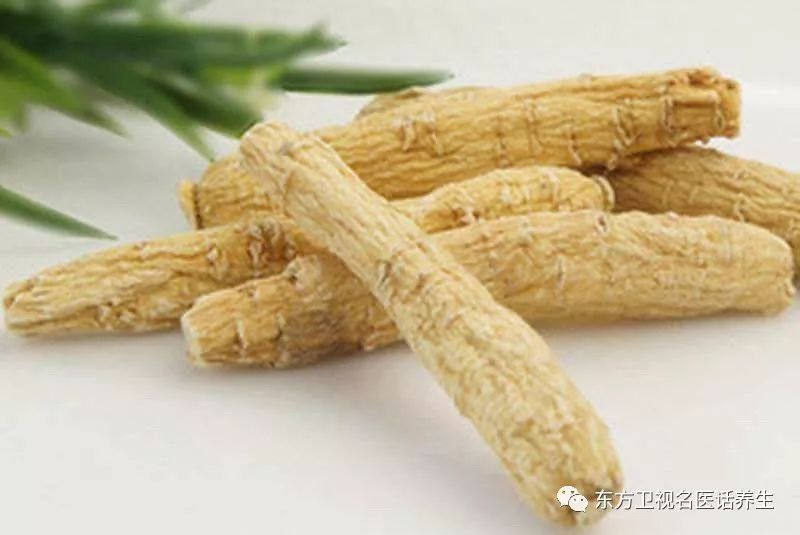
Originally from Quebec, Canada, and Wisconsin, USA, American ginseng is also cultivated in places like Huairou, Beijing, and Changbai Mountain in China. The Canadian variety is called American ginseng, while the U.S. variety is known as flower flag ginseng. EffectsIt is suitable for those who areprone to night sweats and have yin deficiency, with effects ofbenefiting qi and nourishing yin, and clearing heat and generating fluids.
EffectsIt is suitable for those who areprone to night sweats and have yin deficiency, with effects ofbenefiting qi and nourishing yin, and clearing heat and generating fluids.
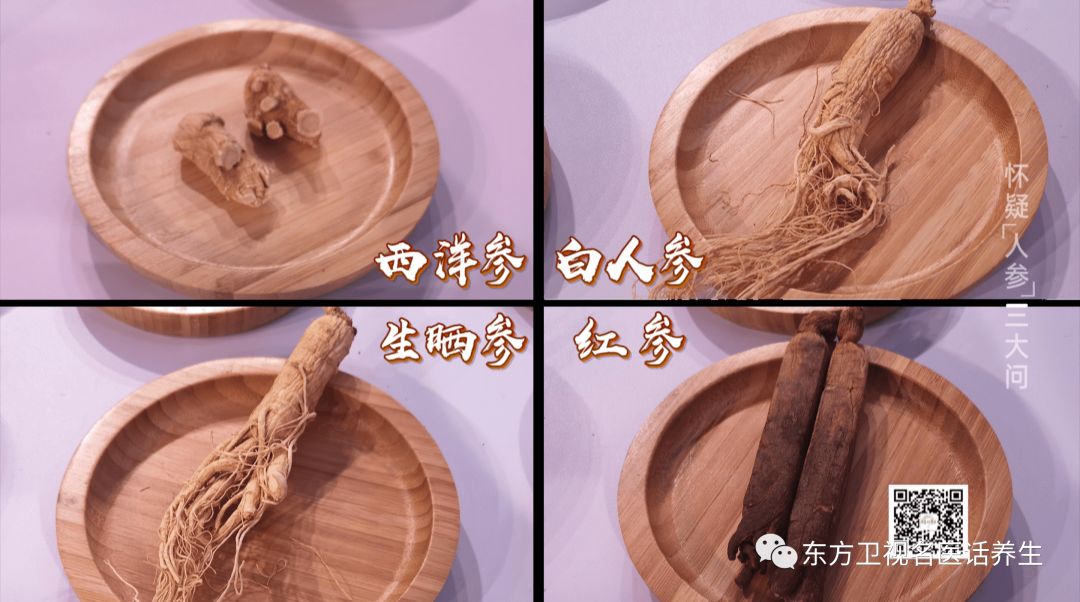
 Contraindications for Ginseng Use
Contraindications for Ginseng Use
Although ginseng is beneficial, there arecontraindications. If you are prone to sweating or night sweats, consuming red ginseng can have the opposite effect, making you more heaty; if you are sensitive to cold, American ginseng is also not suitable.
Ginseng is not suitable for everyone. The following seven groups of people should avoid ginseng: 1. Severely allergic individuals 2. Hypertensive patients with liver yang rising 3. Individuals with colds or fevers 4. Those with dry throat due to heat 5. Individuals with renal insufficiency and low urine output 6. Those with insomnia and irritability due to excess conditions 7. Individuals with constipation due to excess heat. These seven groups should avoid ginseng, as it may not only fail to exert its benefits but could also harm health or worsen conditions.
Ginseng Does Not Increase in Value with AgeThousand-Year Ginseng refers to ginseng that has grown for a thousand years, not ginseng that has been preserved for a thousand years. The efficacy of ginseng significantly declines after2-3 years of storage, as the ginsenosides and ginseng polysaccharides undergo transformation, changing their medicinal properties, a phenomenon known in medicine as “going rancid”.
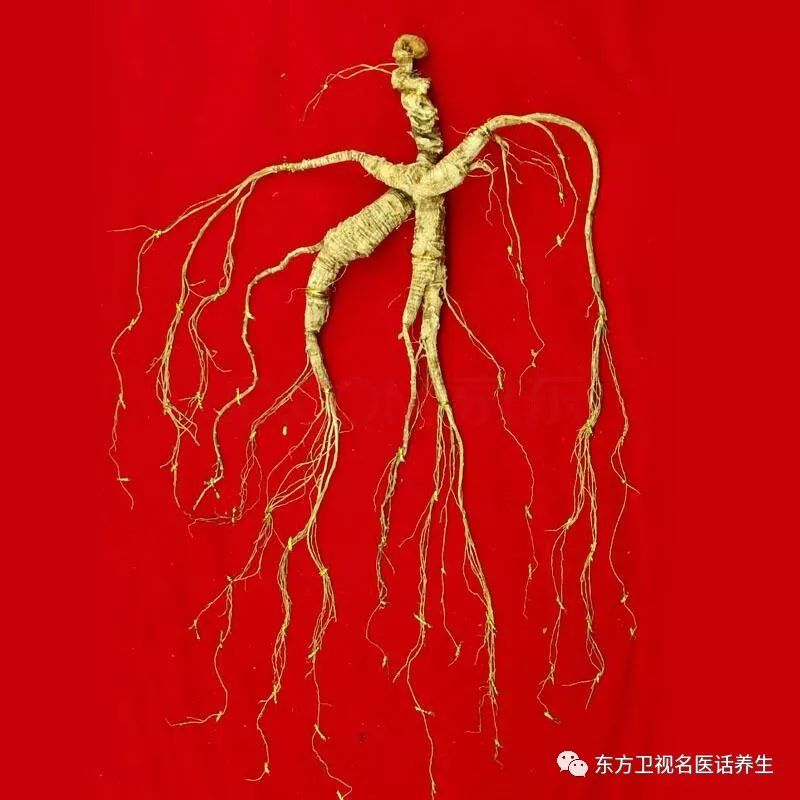
How to Preserve Ginseng
to Retain Its Medicinal Essence?
Method 1:Sealing + Freezing
-
Dry Ginseng: Pack in a sealed bag or container and place in the freezer; in a low-temperature environment, it can be preserved forfour to five years.
-
Fresh Ginseng: After sealing, store in the refrigerator; fresh ginseng has a short shelf life and is best consumed withinone month.
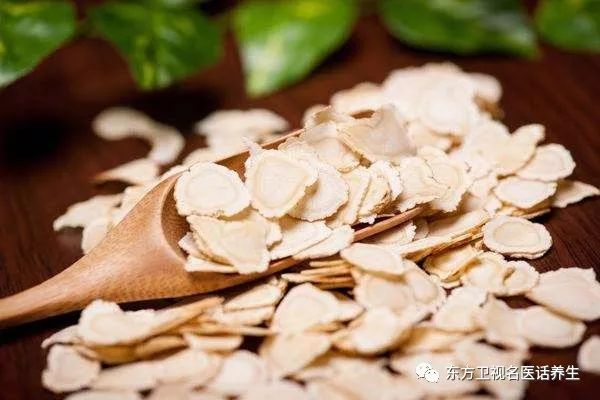
Method 2:Ginseng WineMany people make medicinal wine at home by soaking ginseng in high-concentration white liquor, which is also a good method for preserving ginseng and can maintain its medicinal properties fortwenty to thirty years without deterioration.
-
Usinghigh-concentration grain liquor is the best choice; generally, around53 degrees is sufficient, as higher alcohol content may hinder the extraction of effective components.
-
Ensure that the ginseng iscompletely submerged in the liquor, and the container must besealed. White liquor has sterilizing properties, and complete immersion in liquor, isolating it from air, achieves preservation.
-
Limit consumption of ginseng wine to50 milliliters at a time; do not overindulge.

For detailed instructions on making ginseng wine, click the video↓↓↓
Ginseng Can Easily Cause Heat Symptoms
Symptoms of Ginseng-Induced Heat:
Red face, dry and cracked lips, bitter dry mouth,
sore throat, bleeding gums, nosebleeds,
tinnitus, skin eruptions, heat and irritability,
low urine output, blood in urine or stool, red tongue with yellow coating,
night sweats, dry mouth and throat, restlessness.
Two Main Reasons for Ginseng-Induced Heat:

1. Incorrect Type of Ginseng
Choosing the wrong type of ginseng, refer to the previous discussion on suitable populations for different ginseng types.
2. Excessive Dosage
-
Dietary Supplement: 3 grams of ginseng slices per dose, about 6 to 7 slices is sufficient; for ginseng powder, the dosage should be reduced to about 2 grams per dose.
-
Treatment Use: The dosage can be increased to 9 grams.
-
Soup Preparation: For family consumption, the dosage can be appropriately increased.
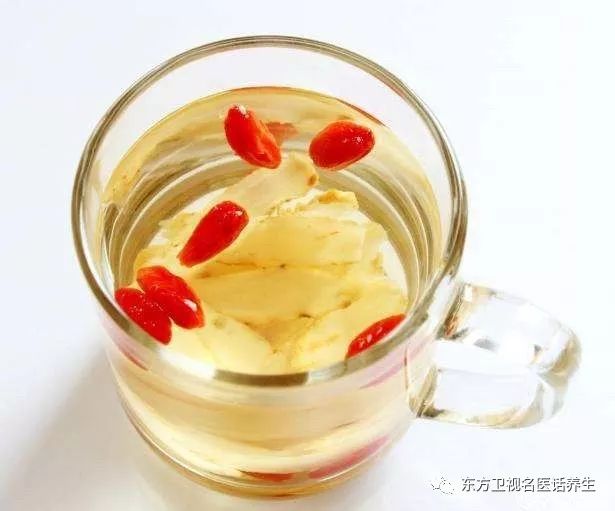
How to Consume GinsengPlace ginseng slices in a bowl or cup, pour boiling water over them, cover for about 5 minutes before drinking.Repeat this method until there is no ginseng flavor left, and consume the slices as well.When consuming,take a break after a week; ginseng is also a medicinal herb, and it is important tonot use it long-term.Ginseng Recipe: Red Date Ginseng Soup

Ingredients:
- 20 red dates
- 9 grams of fresh ginseng
- sea shrimp
- 1 egg
- 10 grams of sesame oil
- small amounts of vegetable oil, salt, green onion, and cilantro
Preparation:
-
Remove the pits from the red dates and wash them
-
Wash the ginseng and slice it thinly, set aside
-
Place a pot over heat, add appropriate water, bring to a boil, add red dates and ginseng slices, cover and simmer for 2 hours to complete
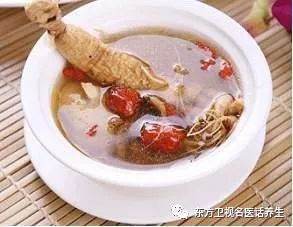
Ginseng Recipe: Walnut Ginseng Soup

Ingredients:
-
3 grams of fresh ginseng
-
3 walnut meats
Preparation:
Take 3 grams of ginseng and 3 walnut meats, boil them in water and consume.Once a day,for 5-7 days.
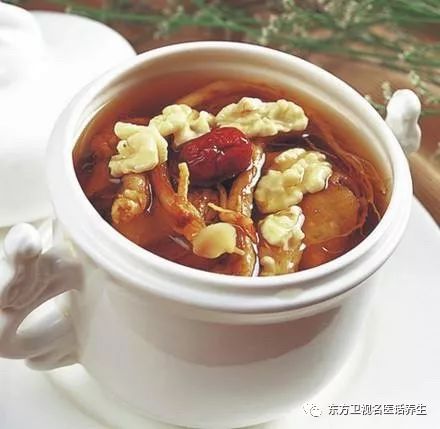
Ginseng Recipe: Lotus Ginseng Porridge

Ingredients:
-
10 grams of fresh ginseng
-
15 grams of lotus seeds
-
50 grams of japonica rice
-
Appropriate amount of sugar
Preparation:
-
Soak the ginseng in water and slice it thinly
-
Soak the lotus seeds and remove the hearts
-
Wash the japonica rice
-
Place a pot over heat, add appropriate water, lotus seeds, and japonica rice, bring to a boil, add ginseng slices, then simmer until cooked, adding sugar to taste
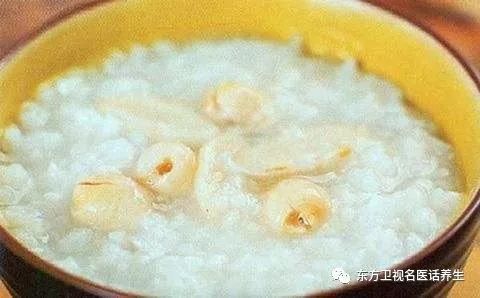
For more details, please watch today’s
“Three Major Questions About Ginseng”
Broadcast Time
Eastern Satellite TV

Monday to Friday at 17:20
This program is guided by: Shanghai Municipal Health Commission Shanghai Administration of Traditional Chinese Medicine
Feel free to click the bottom of the article“Write a Comment” to leave your questions or suggestions.
 If you find this article helpful, please click here.
If you find this article helpful, please click here.

